News in Brief
-
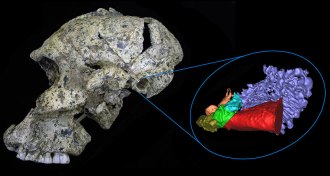 Anthropology
AnthropologyAncient hominid ears were tuned to high frequencies
Two ancient hominid species may have heard high-frequency sounds especially well.
By Bruce Bower -
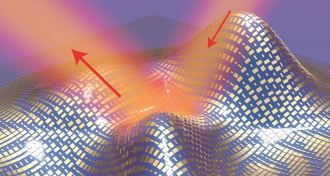 Materials Science
Materials ScienceInvisibility cloaks slim down
A new invisibility cloak offers more stealth in a thinner package.
By Andrew Grant -
 Health & Medicine
Health & MedicineClinical trial suggests new blood pressure standard
Preliminary results from a clinical trial suggest lower blood pressure targets could reduce rates of cardiovascular diseasae.
By Meghan Rosen -
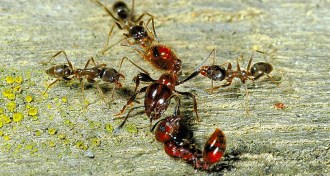 Animals
AnimalsInvading Argentine ants carry virus that attacks bees
The first survey of viruses in the globally invasive Argentine ant brings both potentially bad and good news.
By Susan Milius -
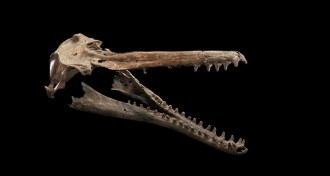 Paleontology
PaleontologyNew dolphin fossil makes a splash
A newly discovered dolphin fossil provides clues to the evolution of river dolphins in the Americas.
-
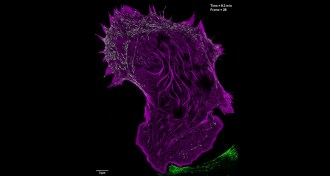 Life
LifeNew microscope techniques give deepest view yet of living cells
Two new microscopy techniques are helping scientists see smaller structures in living cells than ever glimpsed before.
-
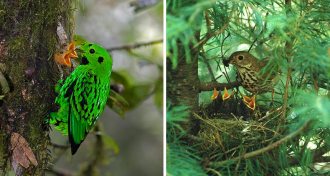 Animals
AnimalsTropical songbirds get their growth spurt late
Tropical songbirds are late bloomers, but that delayed development may give them an advantage after leaving the nest.
-
 Physics
Physics3-D printed device cracks cocktail party problem
A plastic disk does what sophisticated computers cannot: solve the cocktail party problem.
By Andrew Grant -
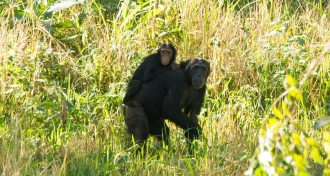 Animals
AnimalsChimps keep numbers high as forest losses mount
African apes show surprising resilience in face of forest destruction.
By Bruce Bower -
 Neuroscience
NeuroscienceAltered protein makes mice smarter
By tweaking a single gene, scientists have turned average mice into supersmart daredevils.
-
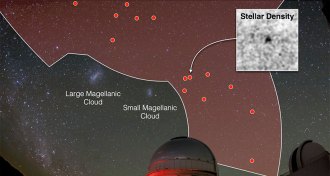 Astronomy
AstronomyEight more galaxies found orbiting the Milky Way
The dozens of satellite galaxies that orbit the Milky Way make excellent laboratories for studying dark matter.
-
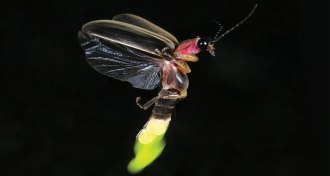 Animals
AnimalsLight pollution may disrupt firefly sex
Females of a common big dipper firefly weren’t as flashy when forced to flirt in LED light pollution.
By Susan Milius